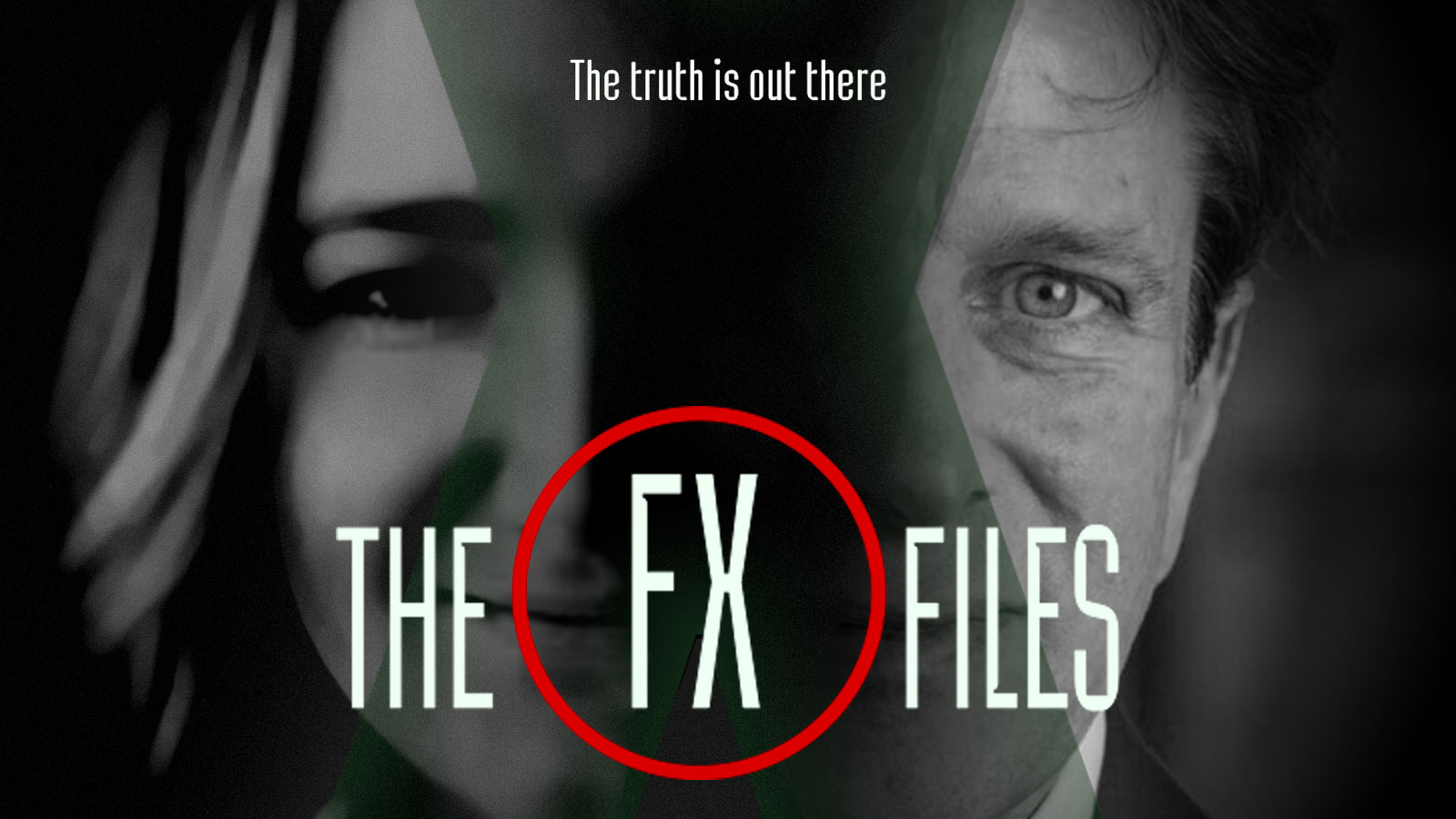The week Wall Street went into meltdown

THE SENIOR CREDIT strategist at one of the biggest banks in the US, has been much in demand. In August, hedge fund and other clients are calling constantly for updates and insights on the turmoil in credit markets, where fast rising short-term spreads and underperformance of high-quality credit is threatening to inflict horrible losses. The only way to speak to them all is to stick strictly to 15-minute slots arranged back to back.
Thanks for your interest in Euromoney!
To unlock this article:





